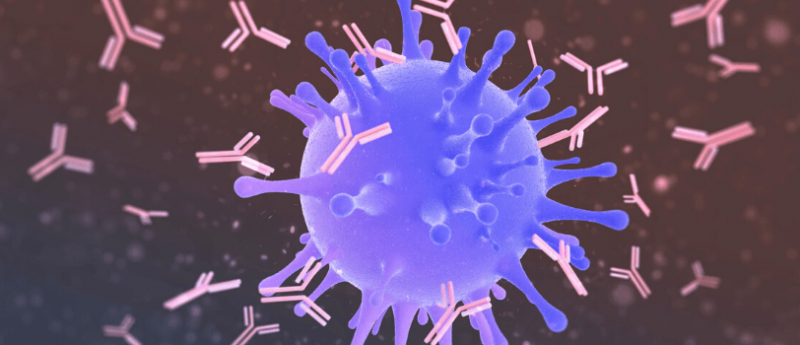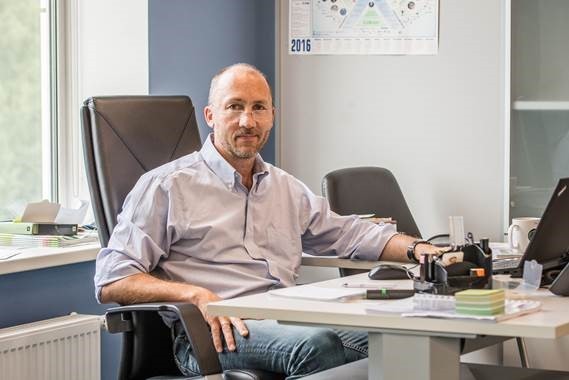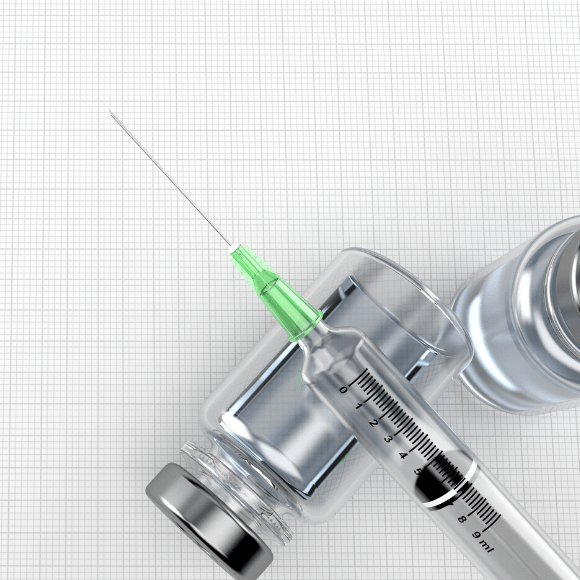Two minutes with: Yuri Nikolsky on immunosequencing

We caught up with Yuri Nikolsky, CEO of MiLaboratory (CA, USA), to discuss antibody profiling in vaccine research and immuno-oncology, and its potential application during the COVID-19 pandemic.
Please introduce yourself and MiLaboratory

I have PhD in molecular genetics from Moscow State University (Russia). I moved to the University of Chicago in 1993 as a researcher and then I went to the Chicago Booth business school (both IL, USA). As a student I began working on startups – I co-founded Integrated Genomics (IL, USA) in 1997 and GeneGo in 2001. Both companies were successful, particularly GeneGo. We focused on bioinformatics and systems biology for drug discovery, working with the major drug companies. GeneGo was acquired by Thomson Reuters (Ontario, Canada) in 2010, and I became Vice President of Research & Development there.
Now I am CEO of MiLaboratories LLC, an expert in immunosequencing – we probe the adaptive immune system in very great detail. In essence, we look for all possible variants of antibodies – B-cell receptors (BCRs) and T-cell receptors (TCRs) – in response to diseases or vaccines. You can see on the order of 100 thousand clonotypes of receptors, some of them specific for a challenge, and so we get a very, very high-resolution view of how the immune system changes in response to disease, drugs or vaccines.
We provide services – we start from blood and tissue samples and we make libraries for TCR-Seq and BCR-Seq and perform sequencing and analysis – but the software and algorithms are what we are known for. Our analytics package MiXCR is industry standard right now. It is adapted by Illumina and Takara (both CA, USA) in their products and used at most major drug companies.
How hard is it to set up a startup in the life sciences?
It really depends on the niche in the drug discovery pipeline you are targeting. In services, you need to find something that people are willing to buy rather than do on their own – that’s the most important thing.
Can you tell us a little about how the software works?
TCRs and BCRs are very, very variable, so you can have an endless number of combinations. What the software does is organize this huge universe of possible combinations into something that is meaningful, sets of similar sequences known as clonotypes. The software looks at sequence reads and preserves the most variable regions. Then out of millions and millions and millions of these, you come out with something that has consensus, and you go on to analyze the resultant clonotypes. It’s kind of a simple idea, but it has a lot of nuances and a lot of technical problems.
 COVID-19: vaccine and drug development updates
COVID-19: vaccine and drug development updates
Providing the latest updates in the understanding of coronavirus, drug development and clinical trials for a vaccine for COVID-19 with weekly updates.
Are you involved in the hunt for drugs and vaccines for the COVID-19 pandemic?
We are not directly involved at this time, but we have just submitted a grant to the NIH (MD, USA) and we are working on multiple proposals in California. We’d like to implement our system at large-scale in the USA, monitoring COVID-19 patients; including severe cases, different ages, background chronic diseases and so on.
If you knew your immune response, you could tell very early on what kind of clinical interventions you need and what to expect for progression, and also if a person is going to need to stay in hospital or the ICU or can be sent home. You can also examine T-cell memory and look at long-term immunity against the virus.
This technology has worked very well in other areas – prior to this we have worked in vaccines, and immuno-oncology is our number one application – and we would like to apply it to COVID-19.
Can you tell us more about your prior work with vaccines?
We have a few publications on yellow fever vaccine, where we had to invent an approach for working with a very small cohort of patients. Our analysis allowed us to analyze just two or three patients. One patient at a time is what you normally have to deal with when you have something sudden, like an epidemic – you don’t have time or the samples for a clinical trial; there is no prior art and you need to make a decision based on what you can analyze.
Where would you like to see the future of the bioinformatics and the antibody profiling field in 10 years?
It absolutely should be in clinics and applied to many diseases. I think it should be a standard part of digital healthcare to understand what is going on with, not just vitals, but your genome and epigenome and so on. I think in 10 years everybody will have their genome sequenced and undergo immune profiling several times a year; it will be just like having a blood test – only a very high resolution one.
If you would like to keep up to date with our content on coronavirus, you can sign up for our site here, where you can subscribe to our newsletters for free!